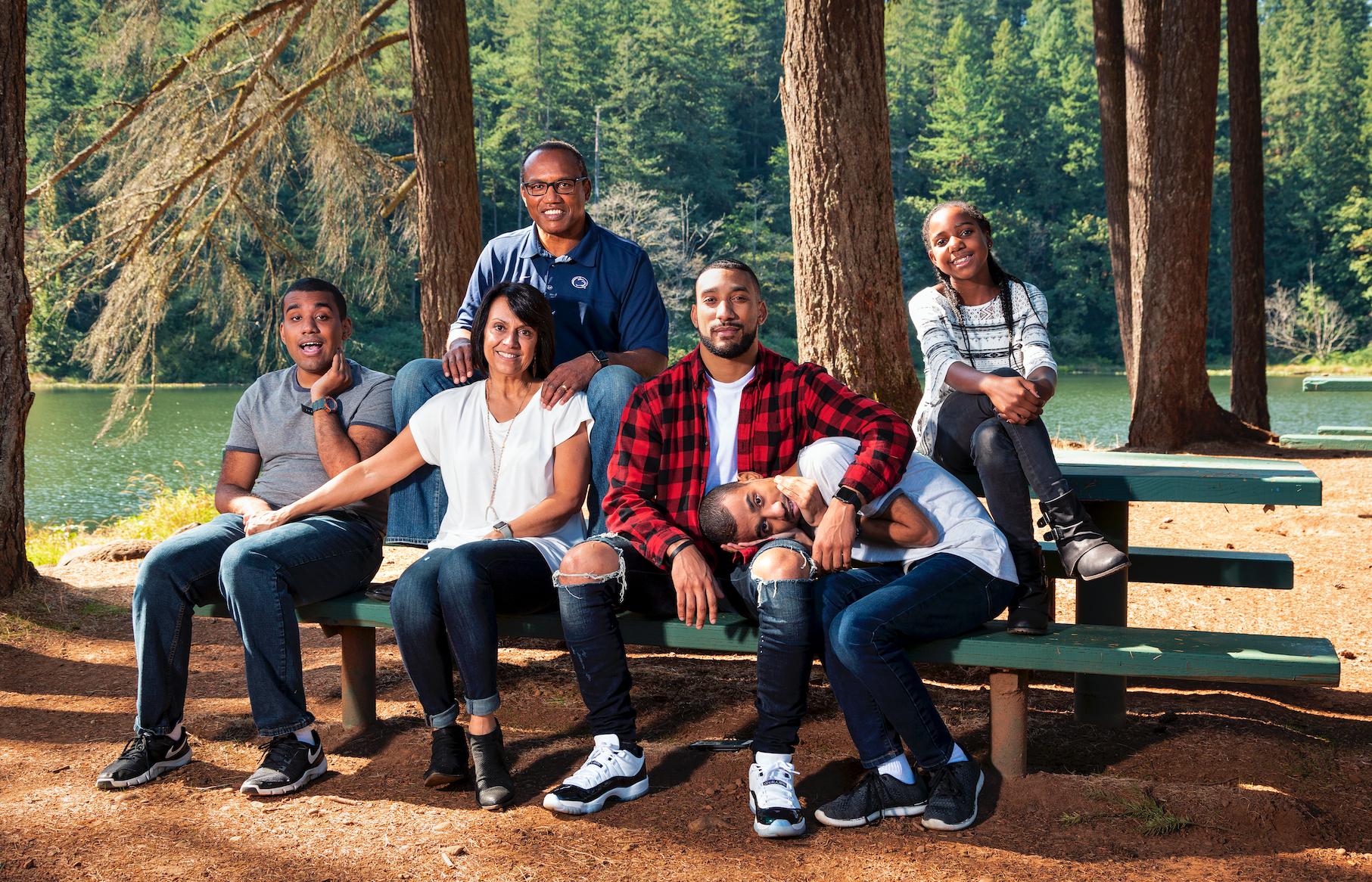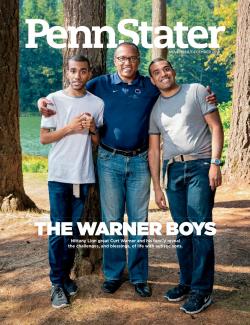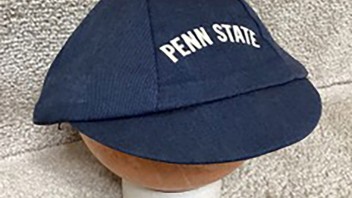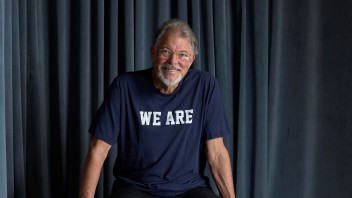Every Day a Struggle, Every Day a Gift
From our November/December 2018 issue: Caring for twin sons with autism has dominated Curt and Ana Warner’s lives for two decades. In a “blisteringly honest” new book, they tell their family’s story in a way that they hope will help other families—and, in the telling, themselves.



